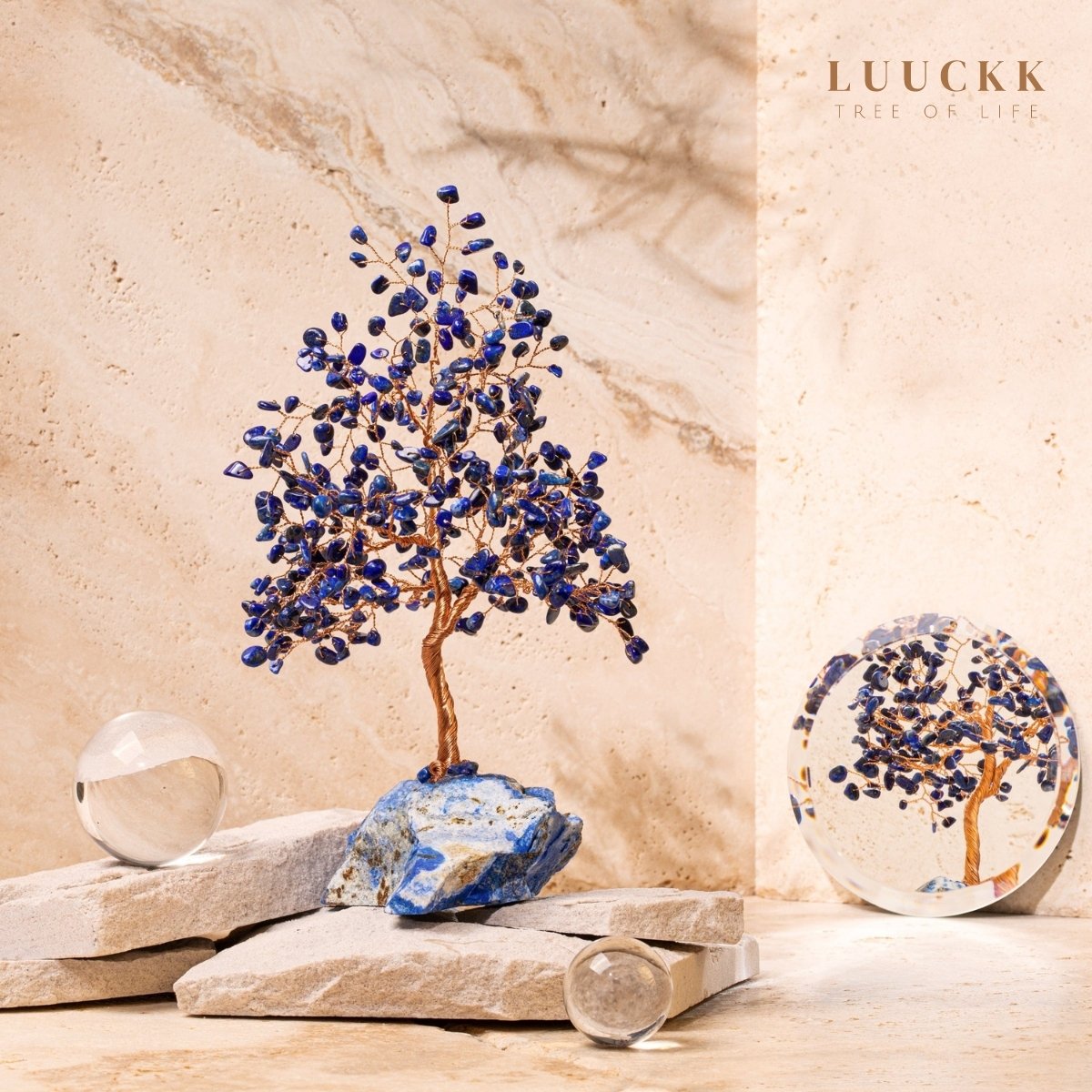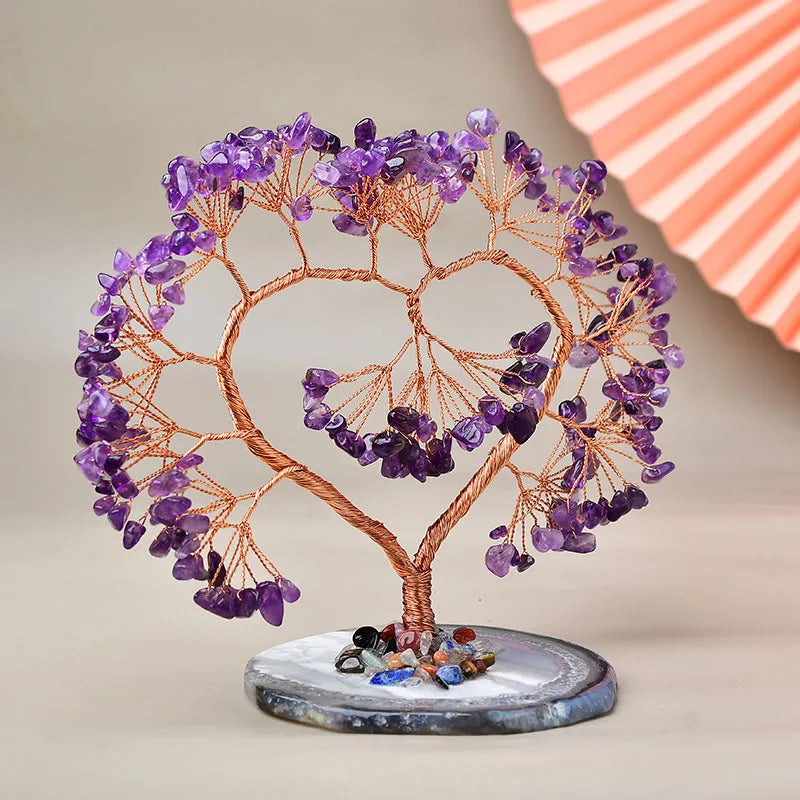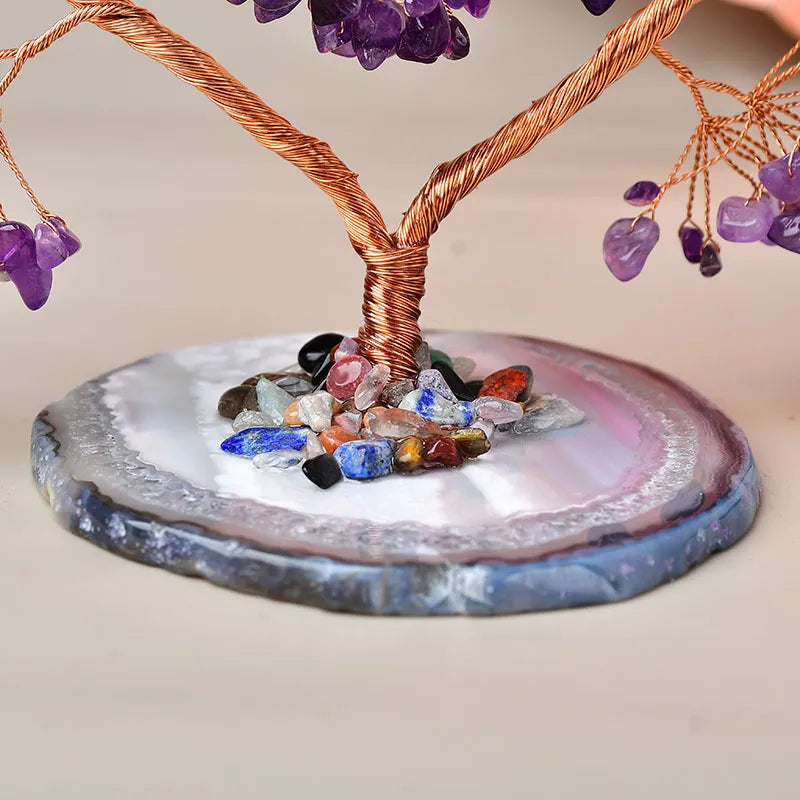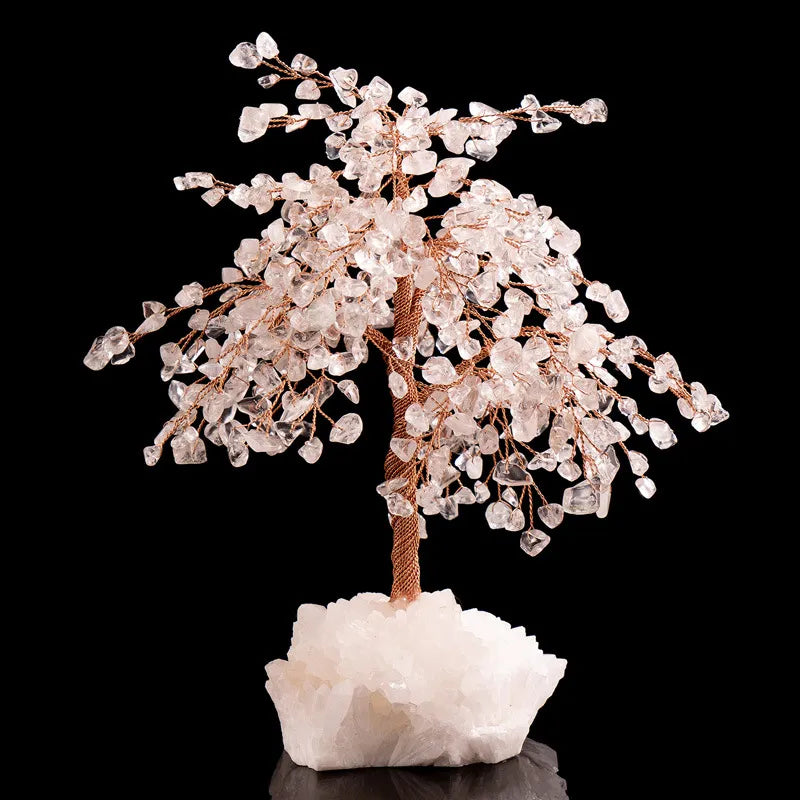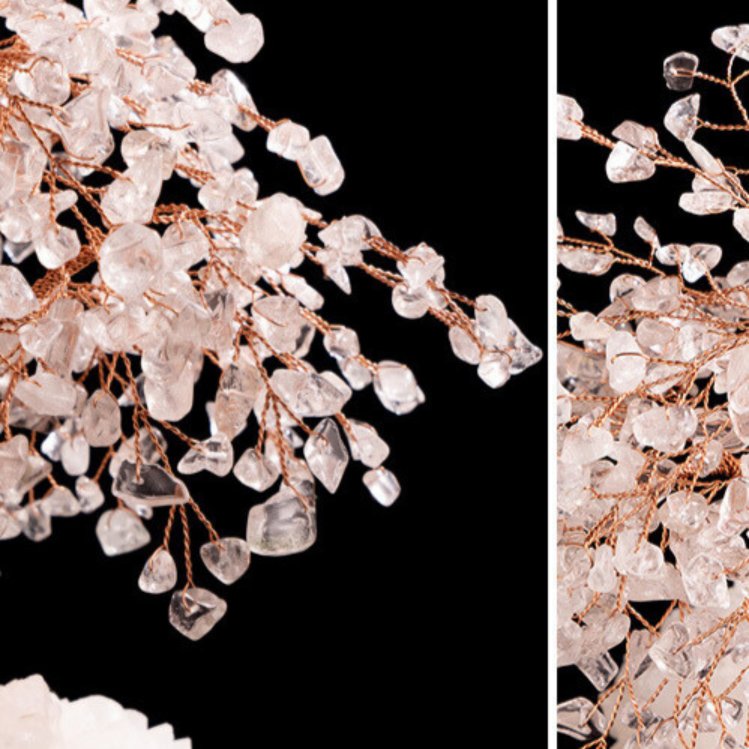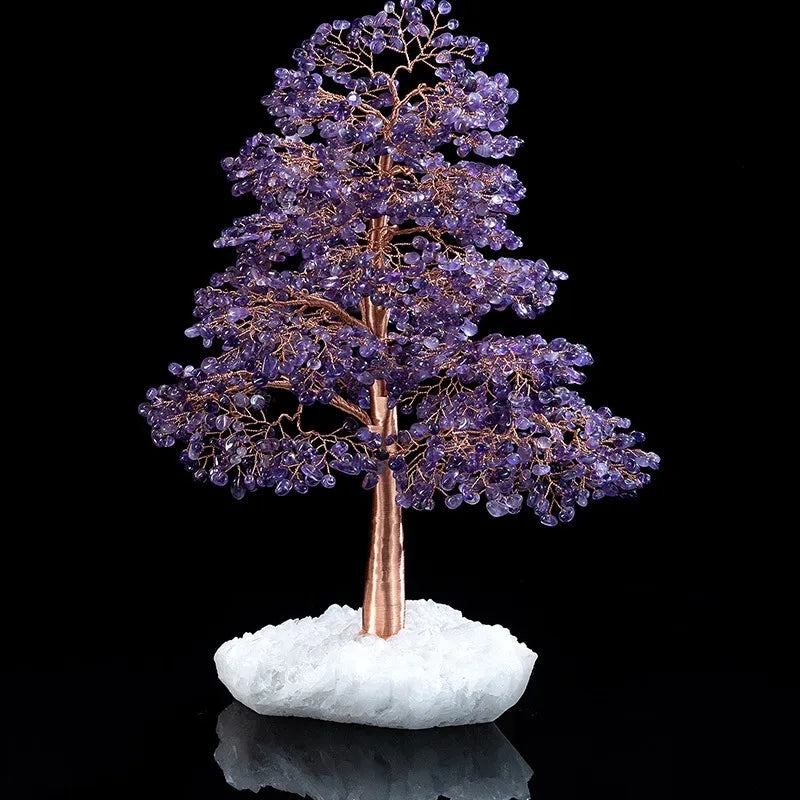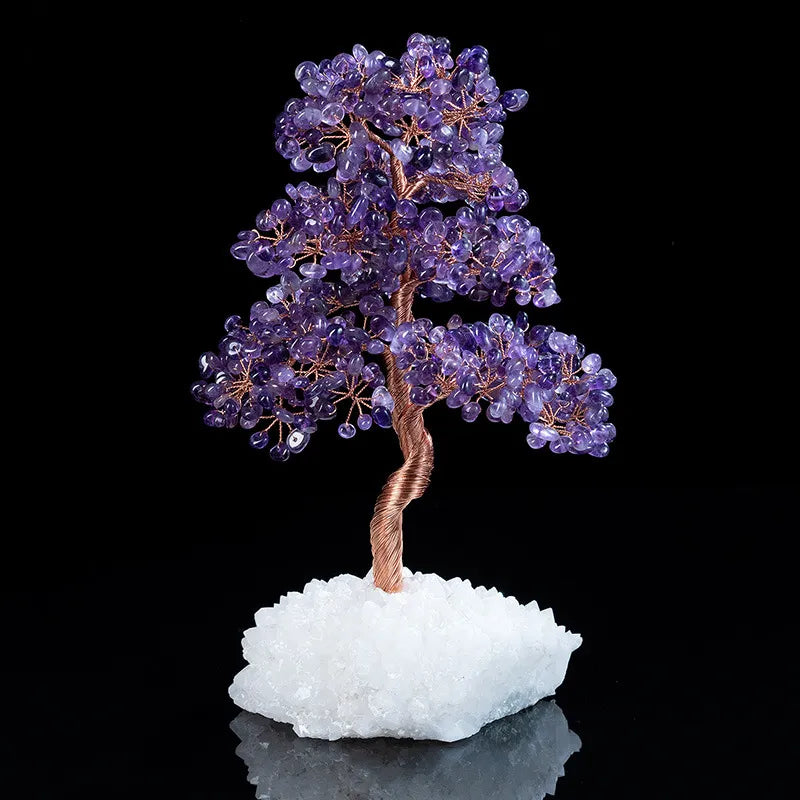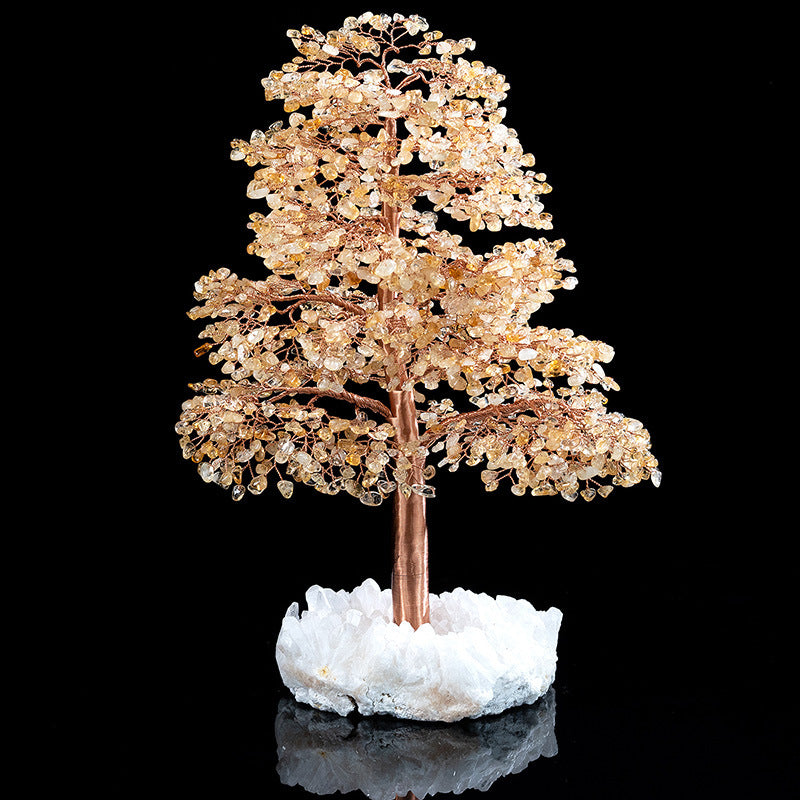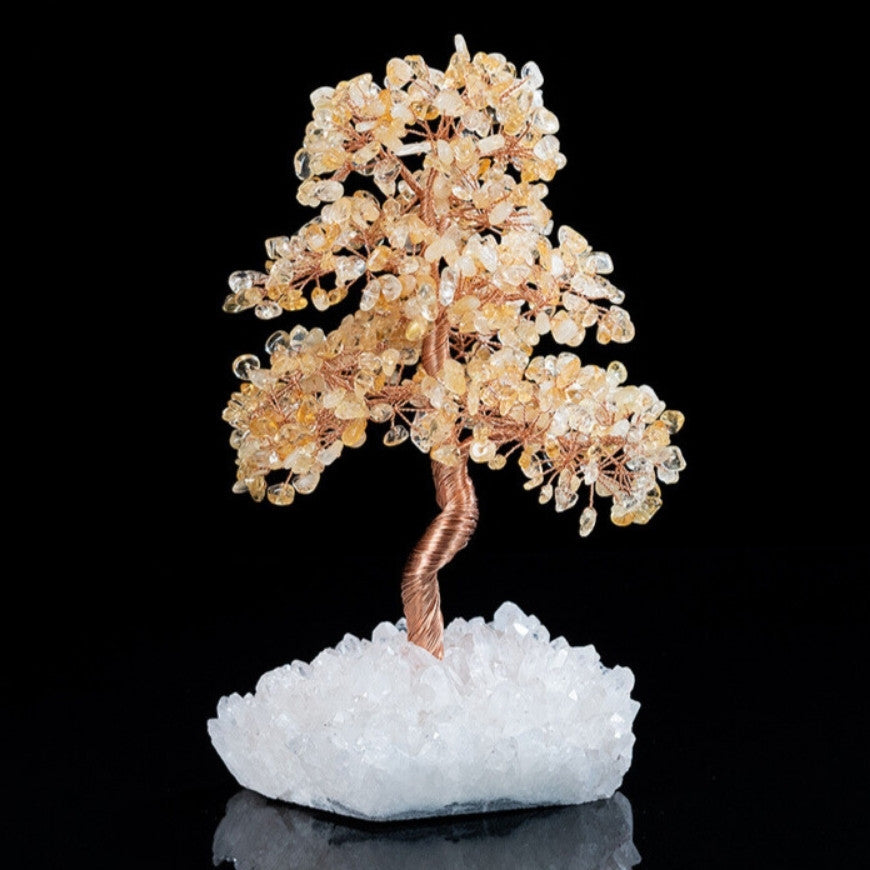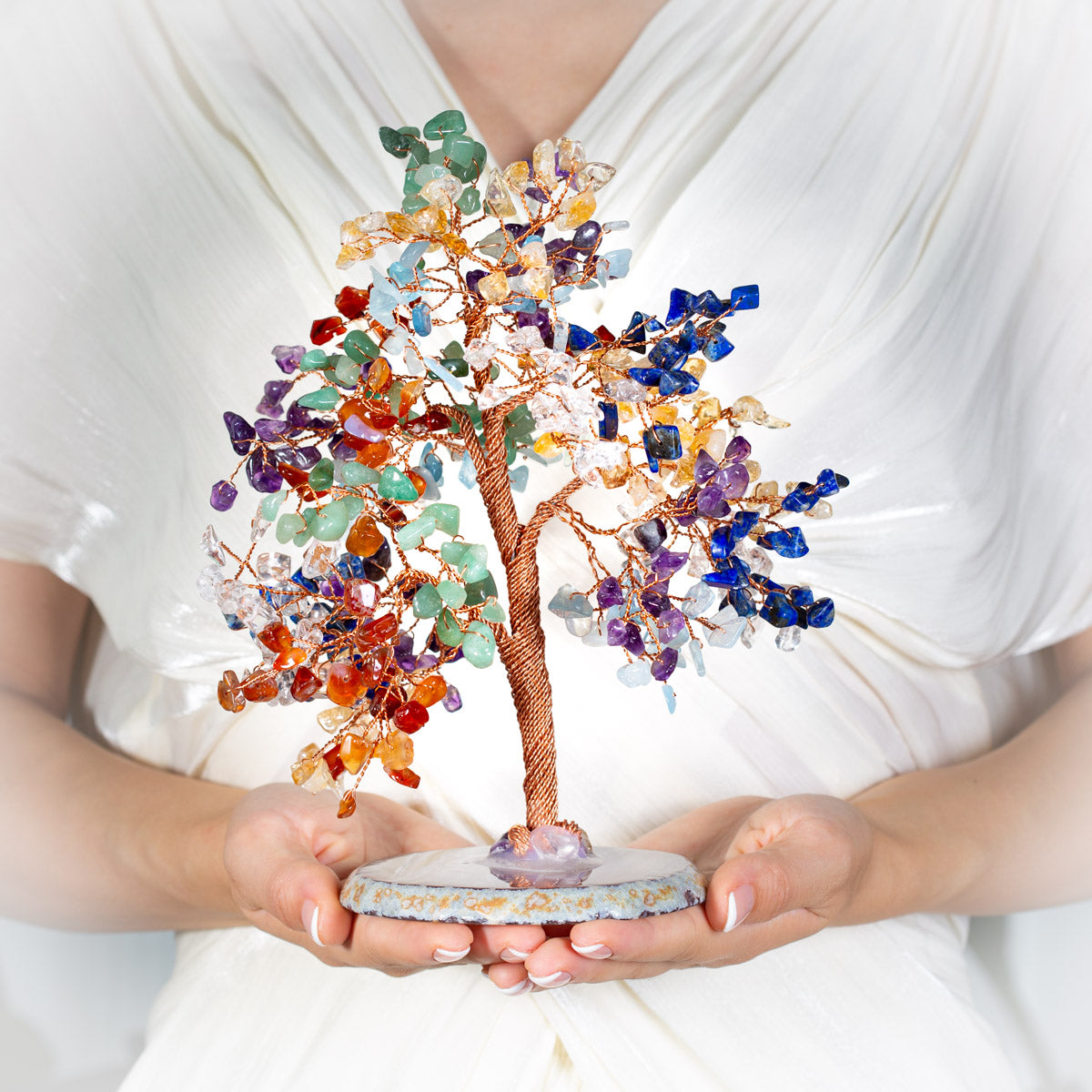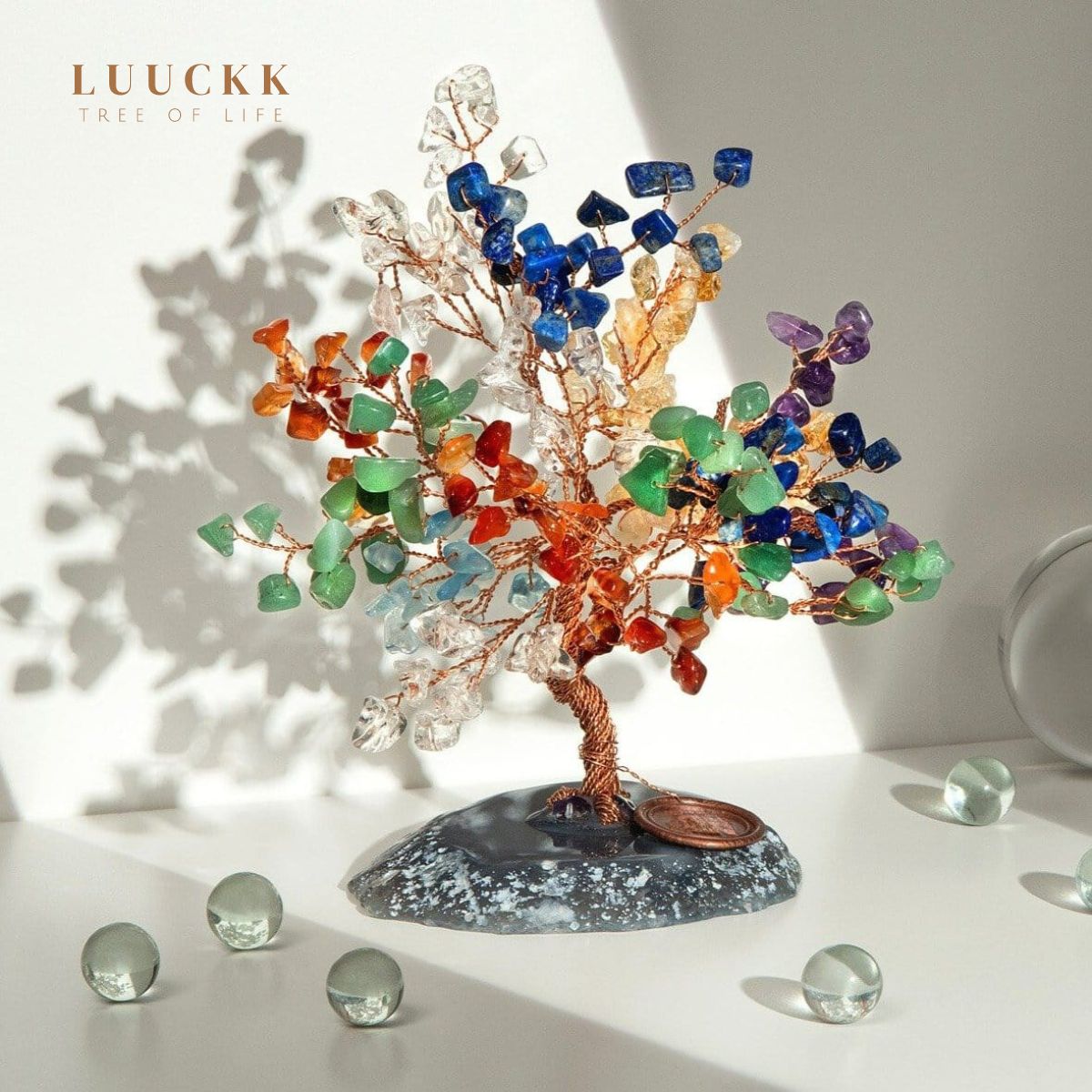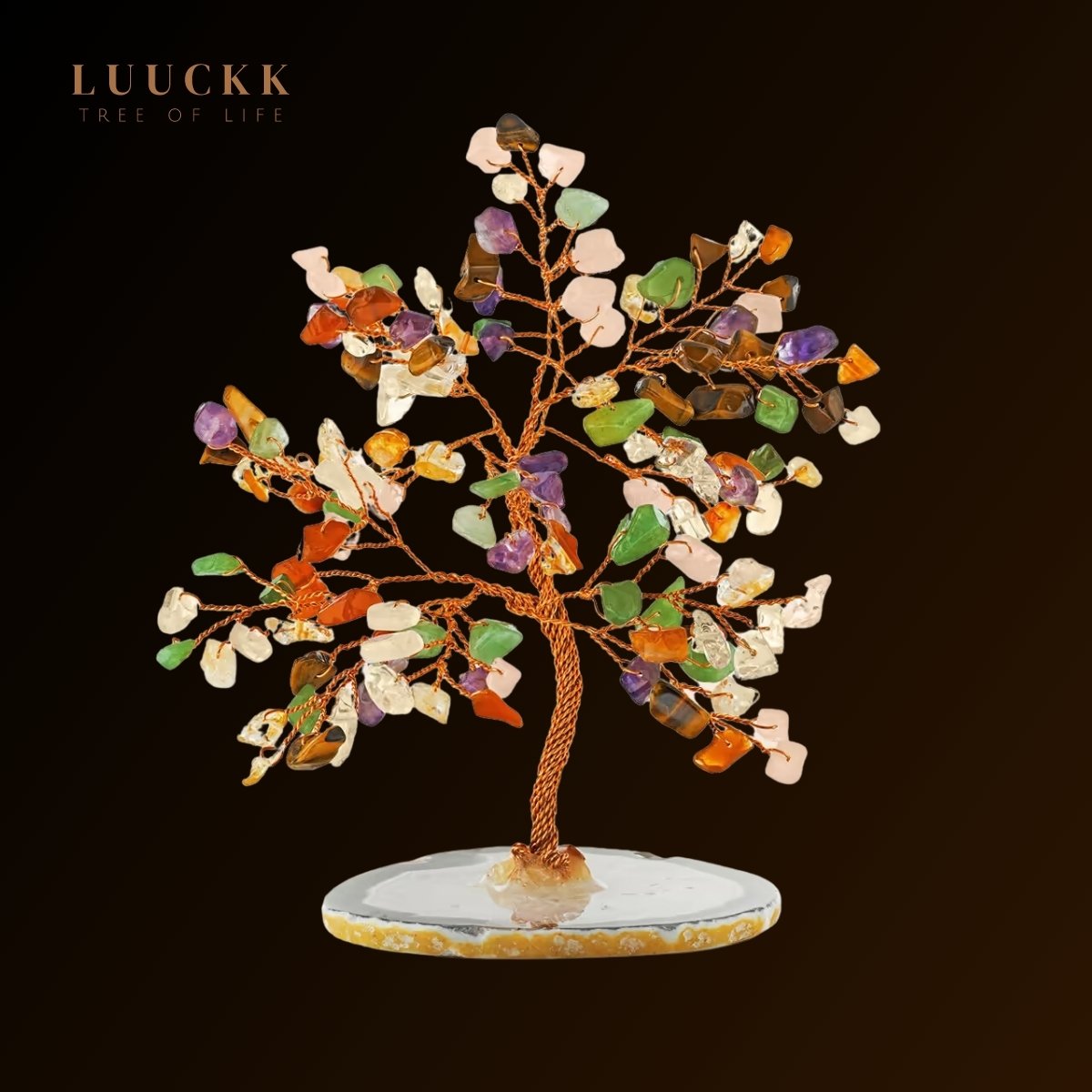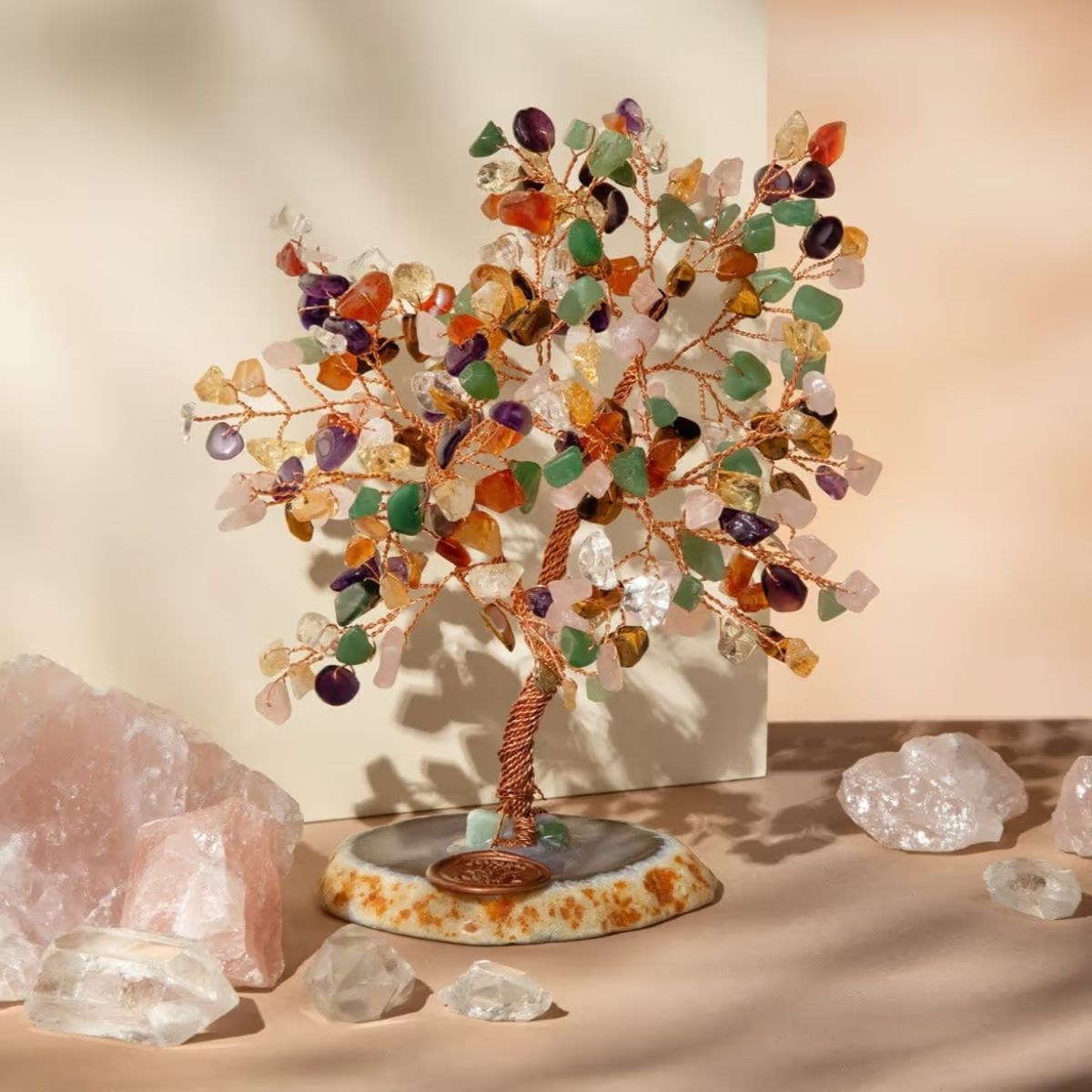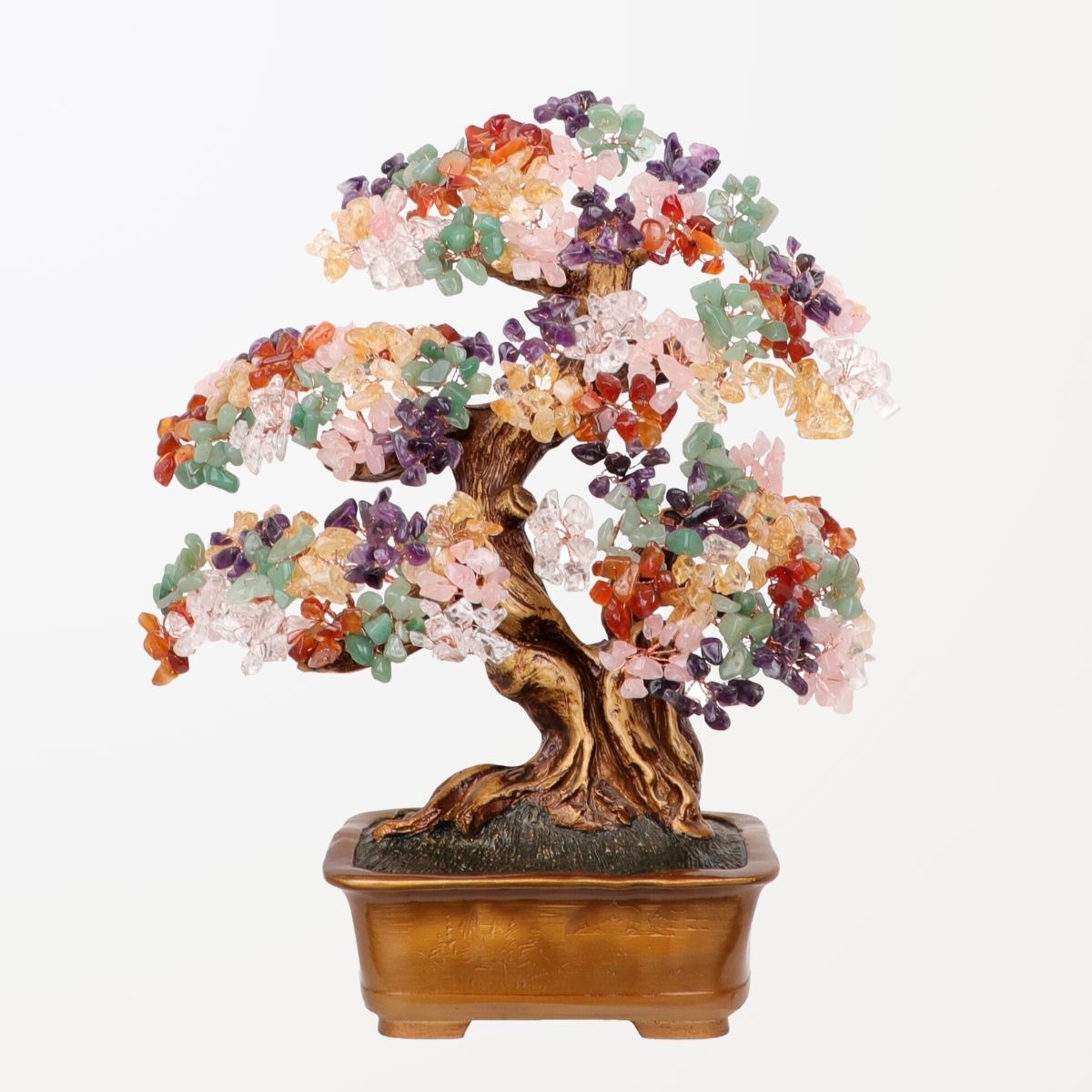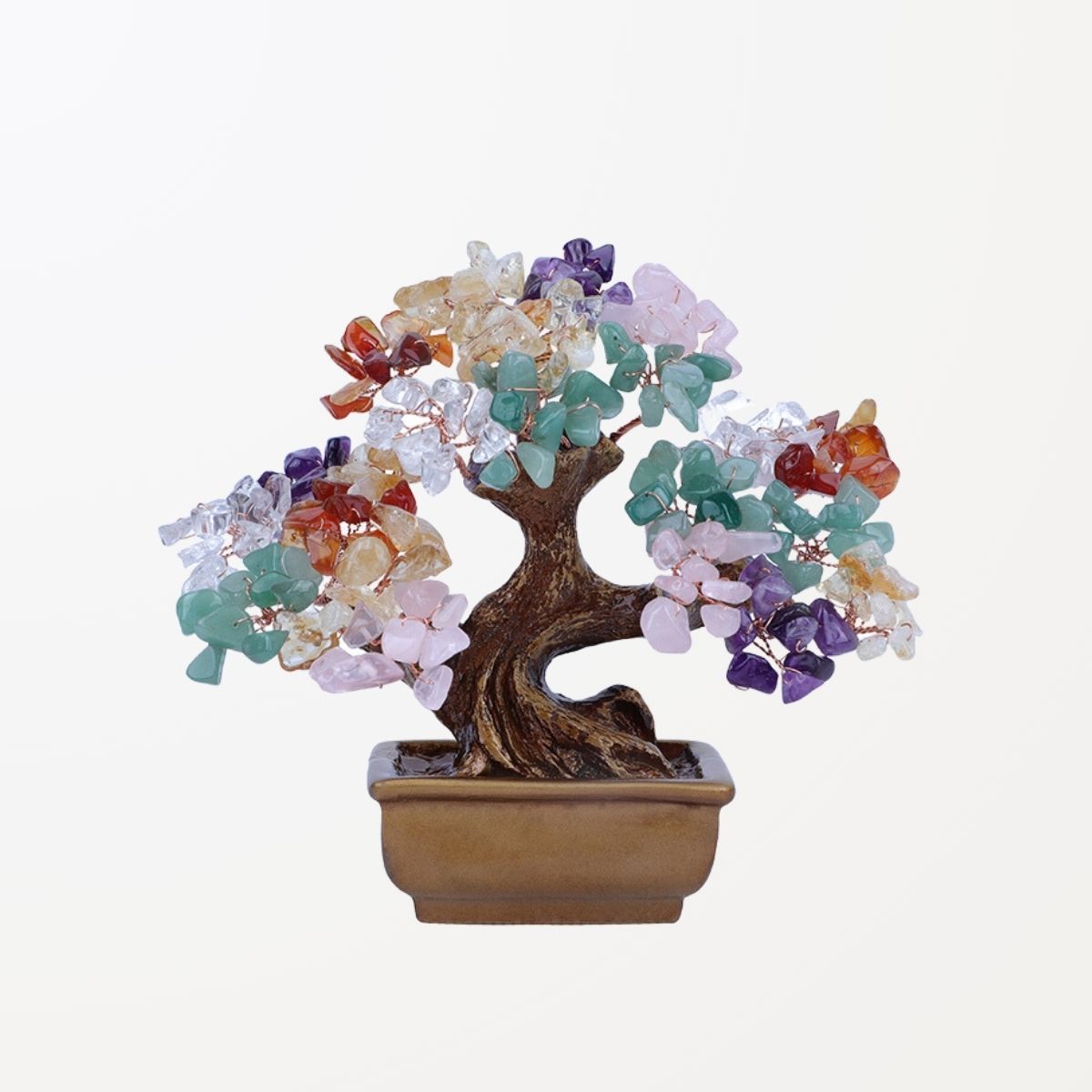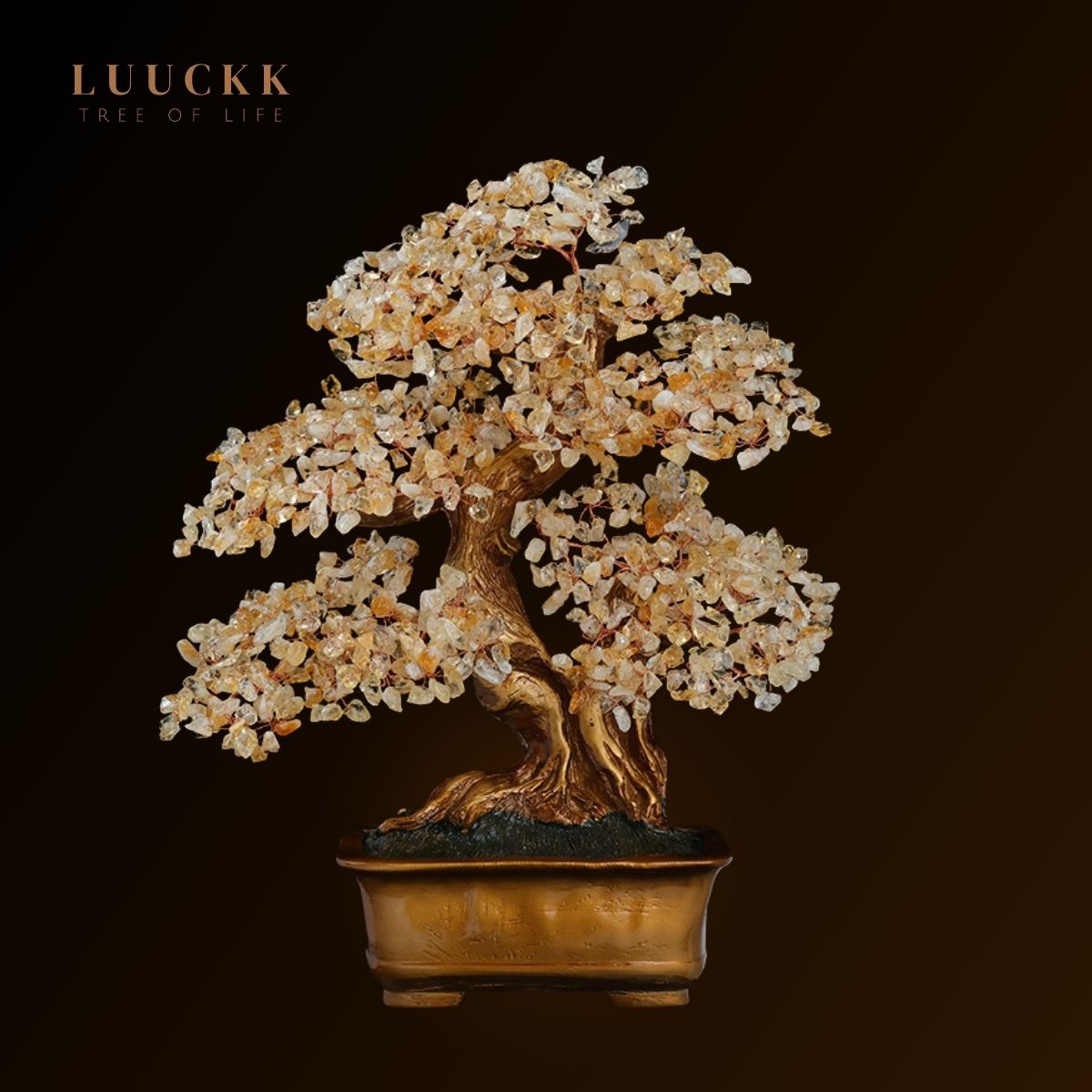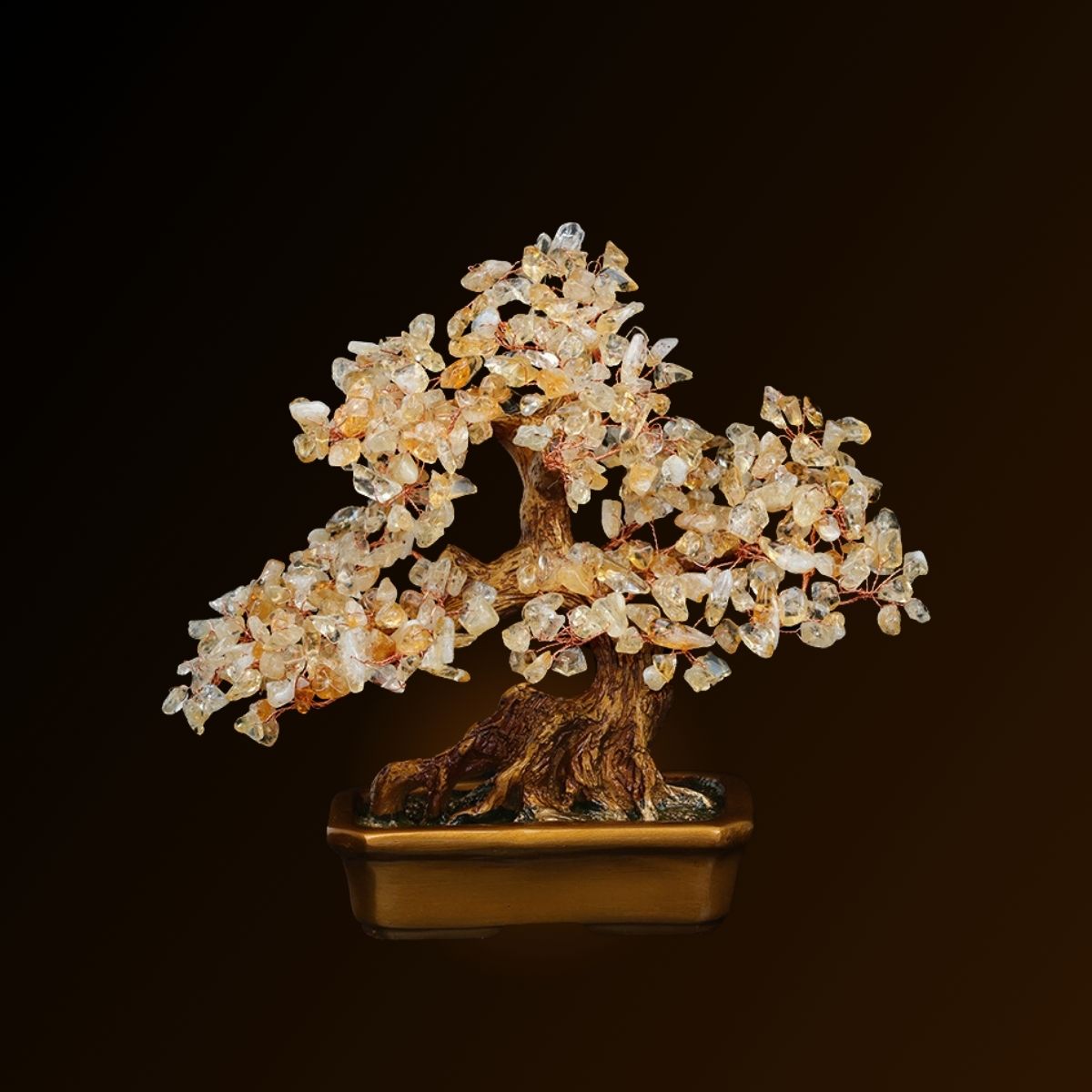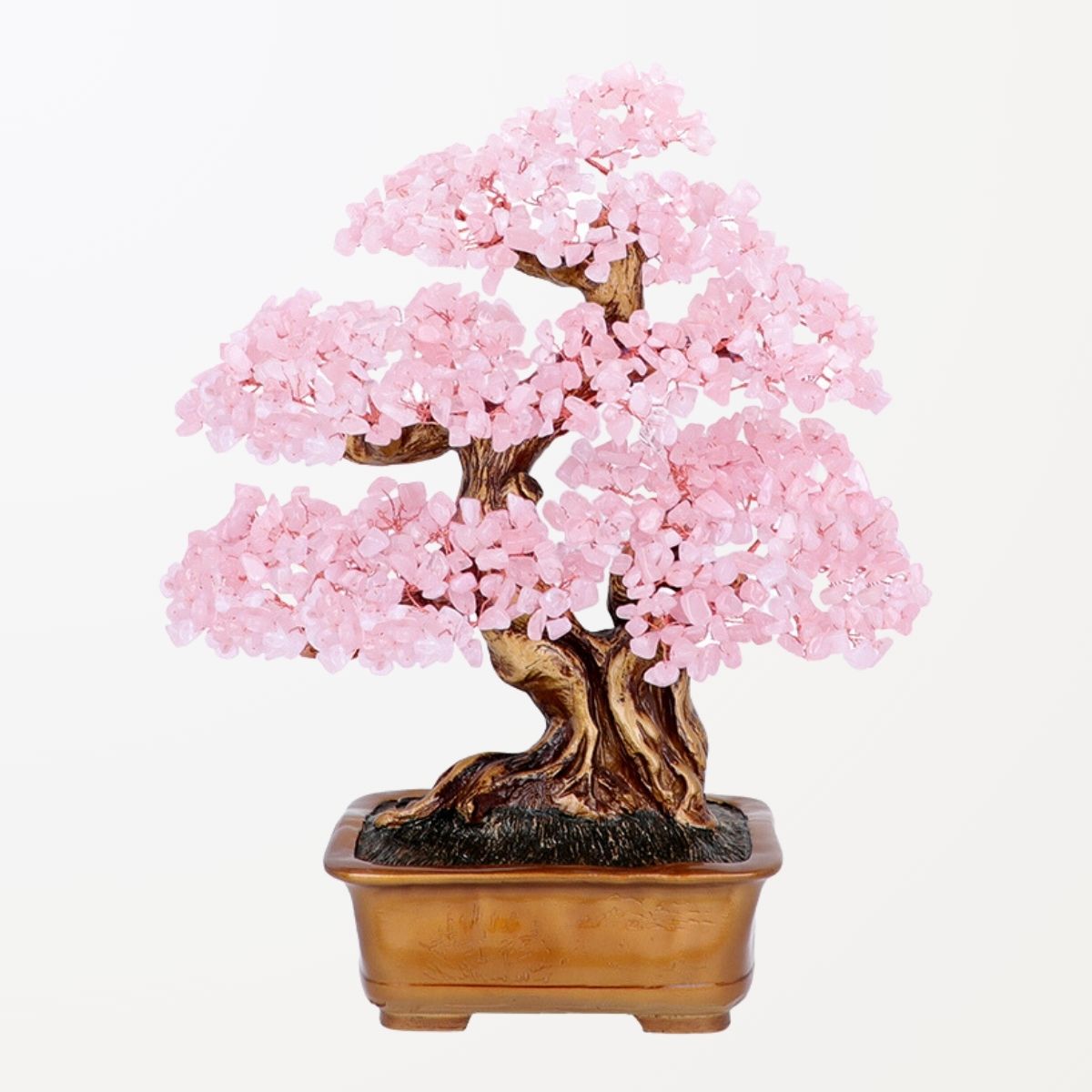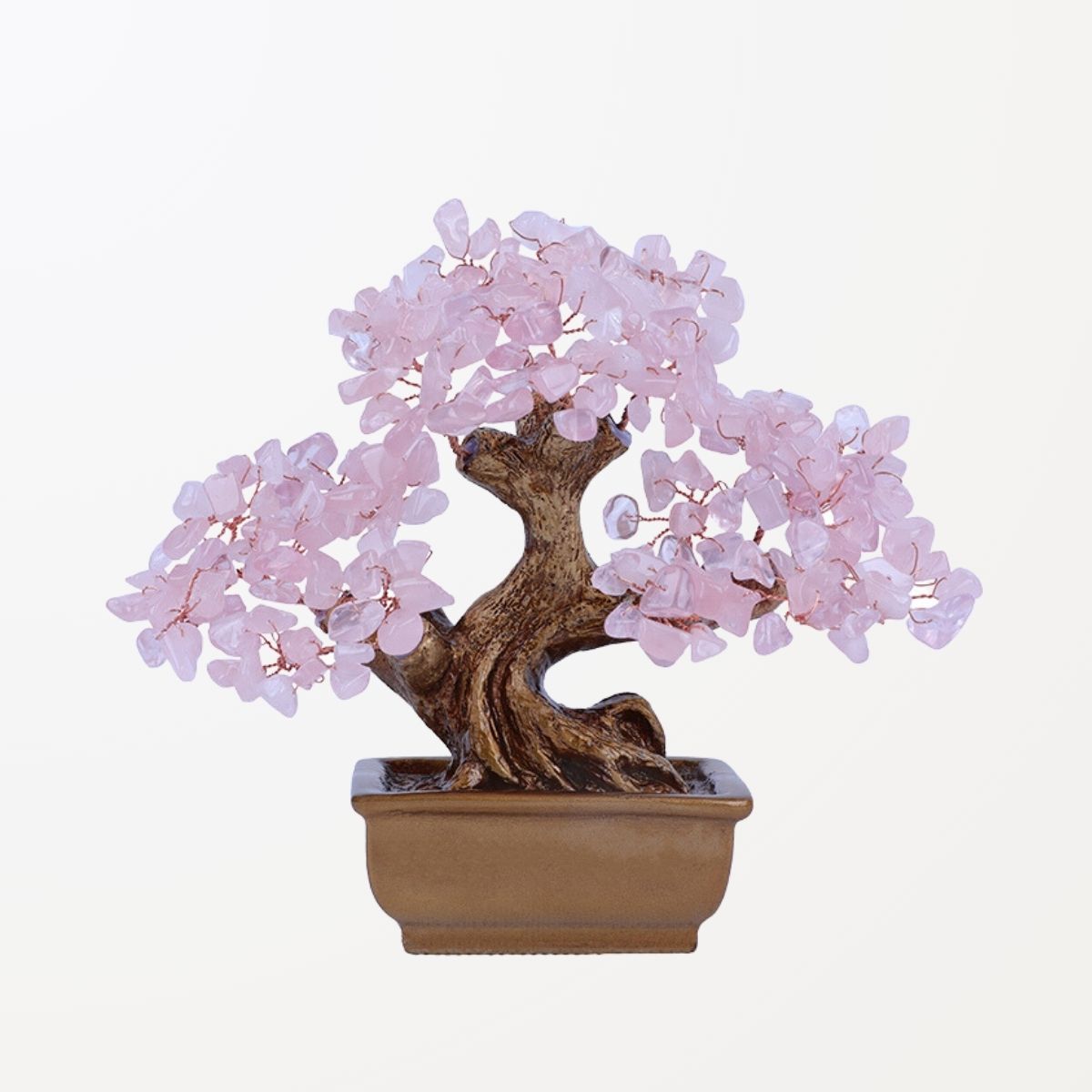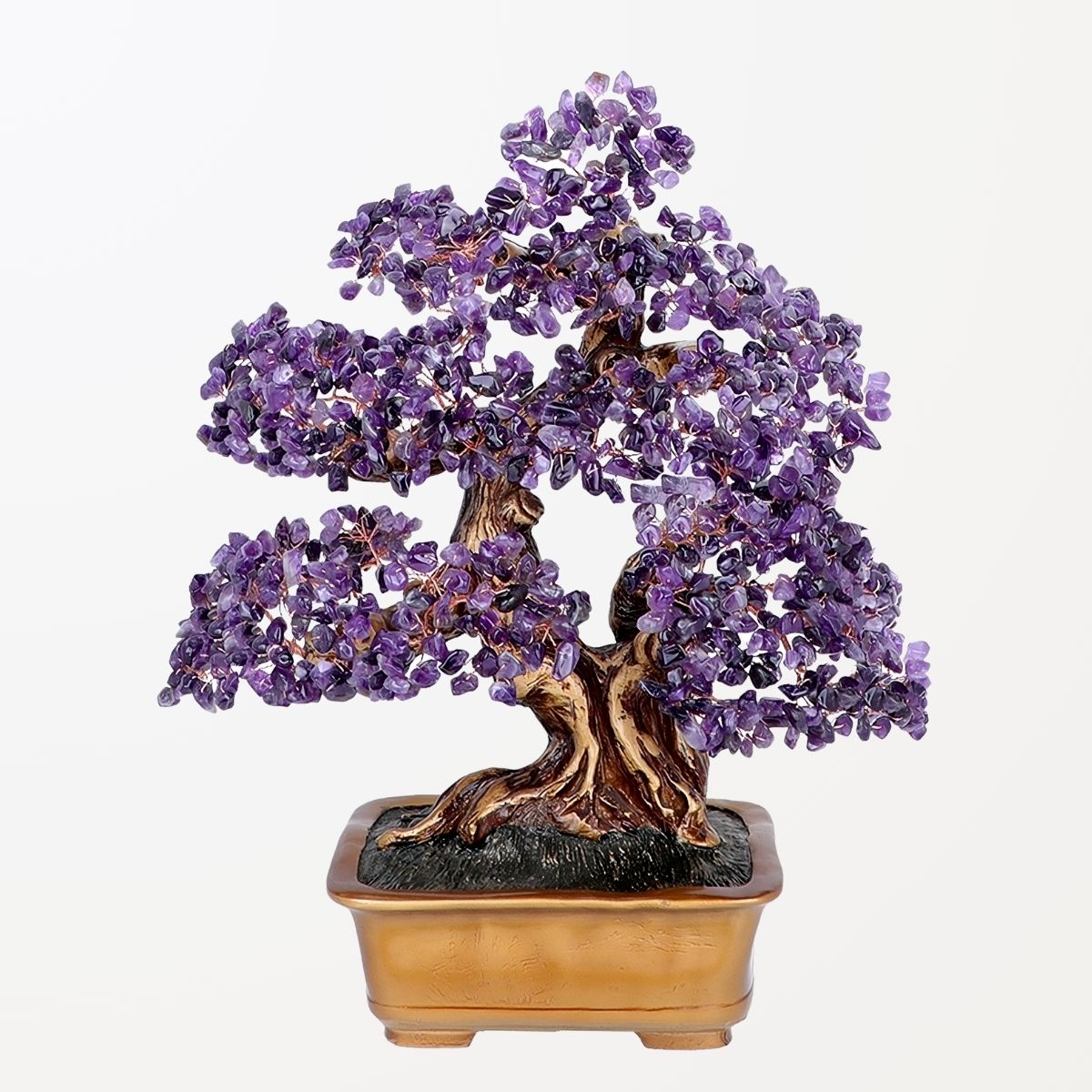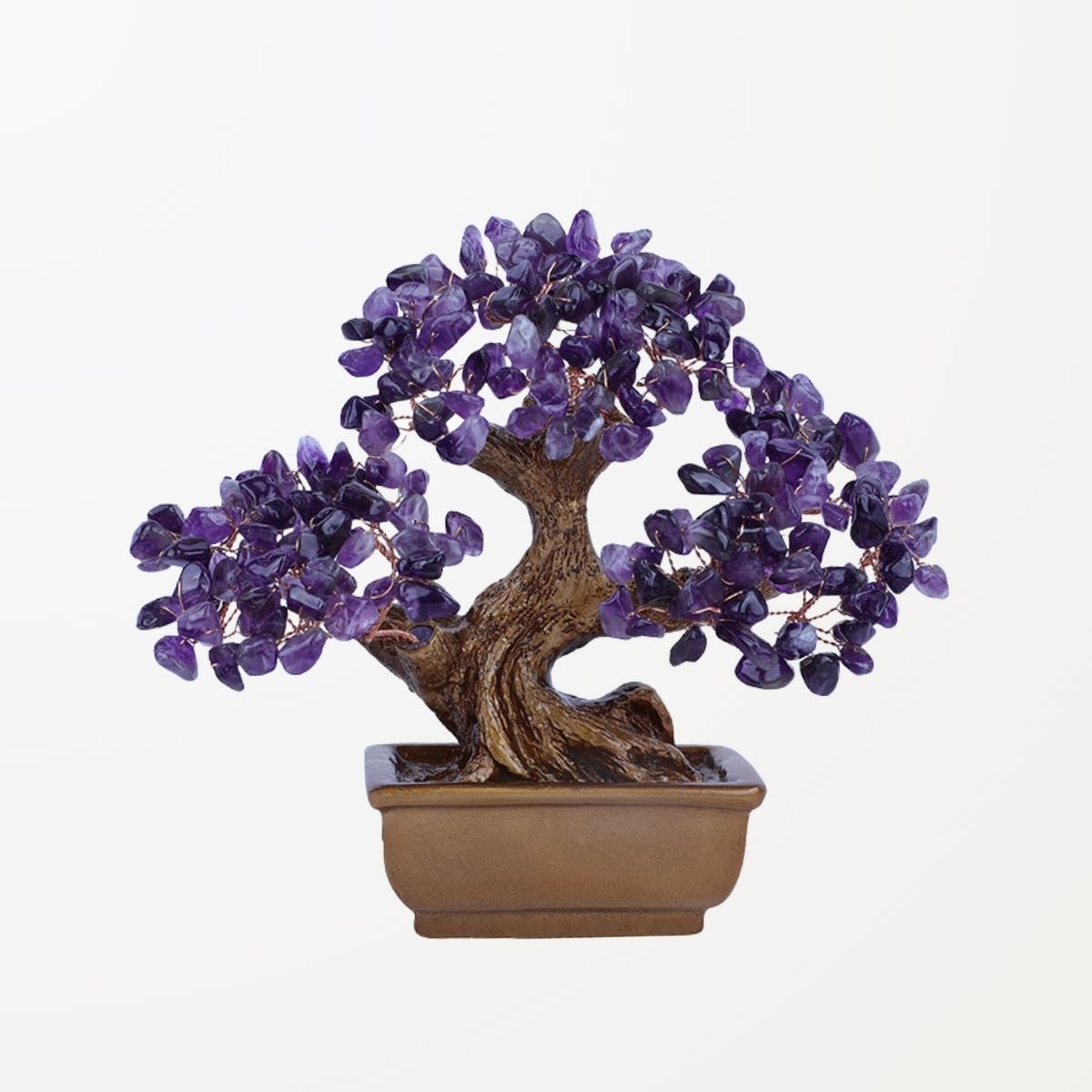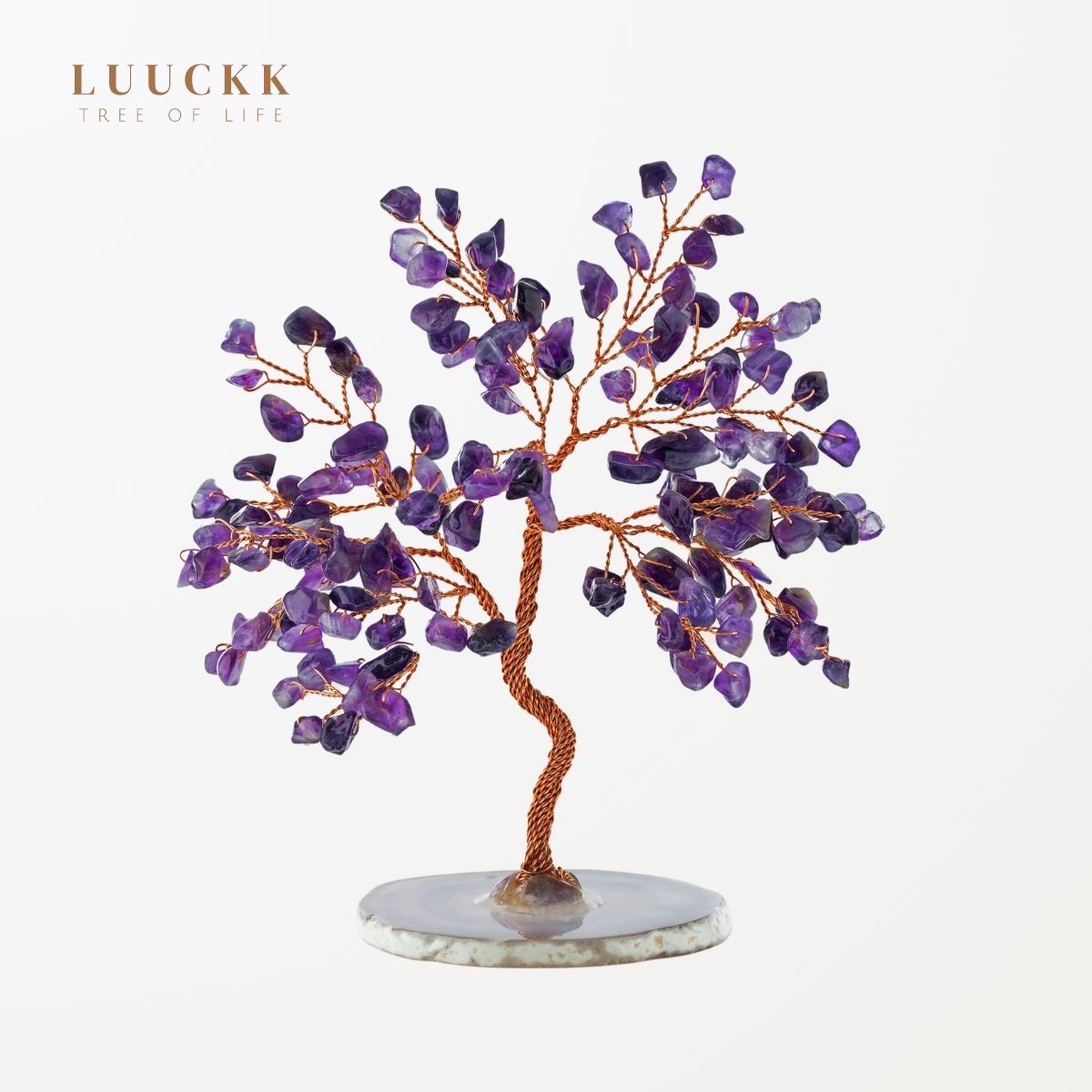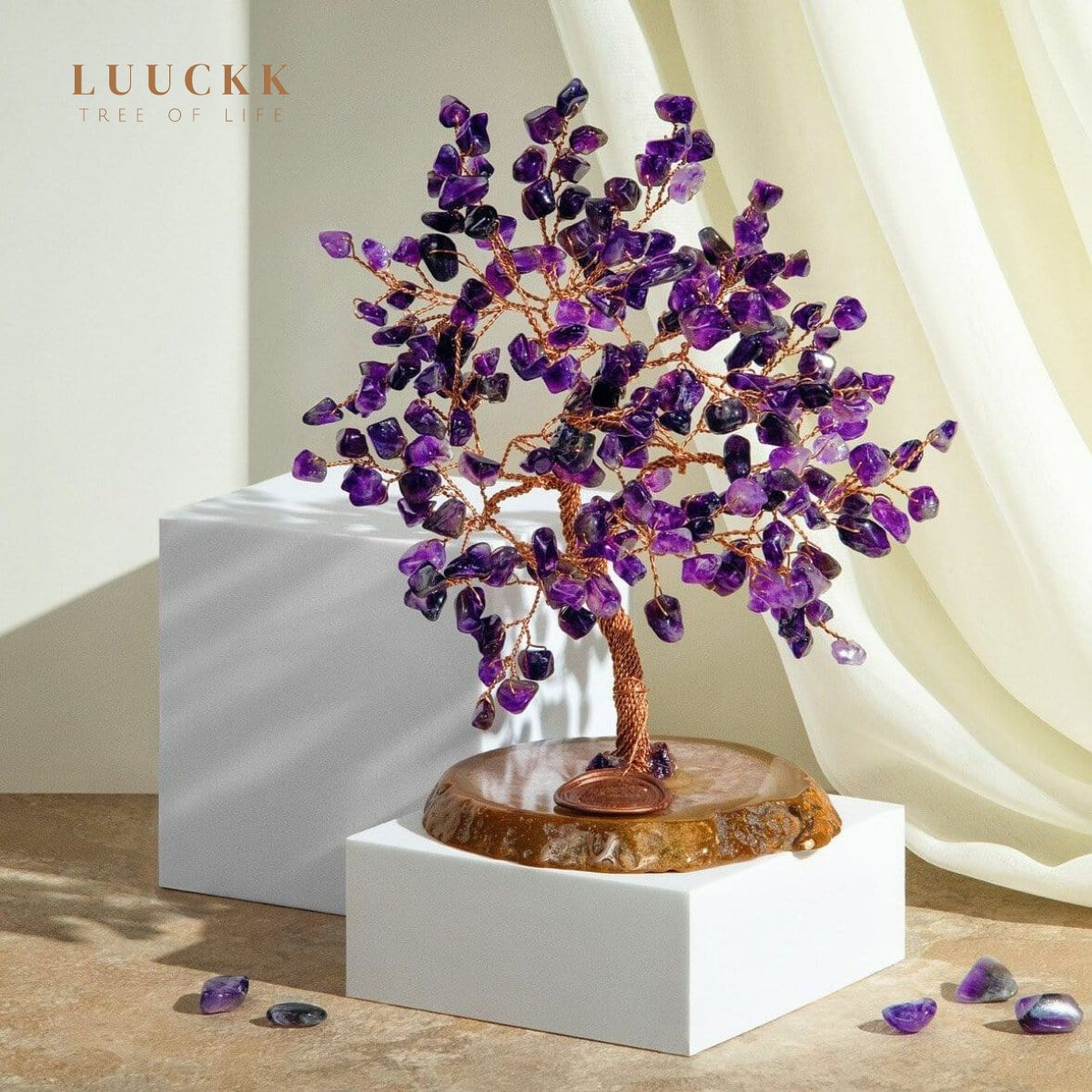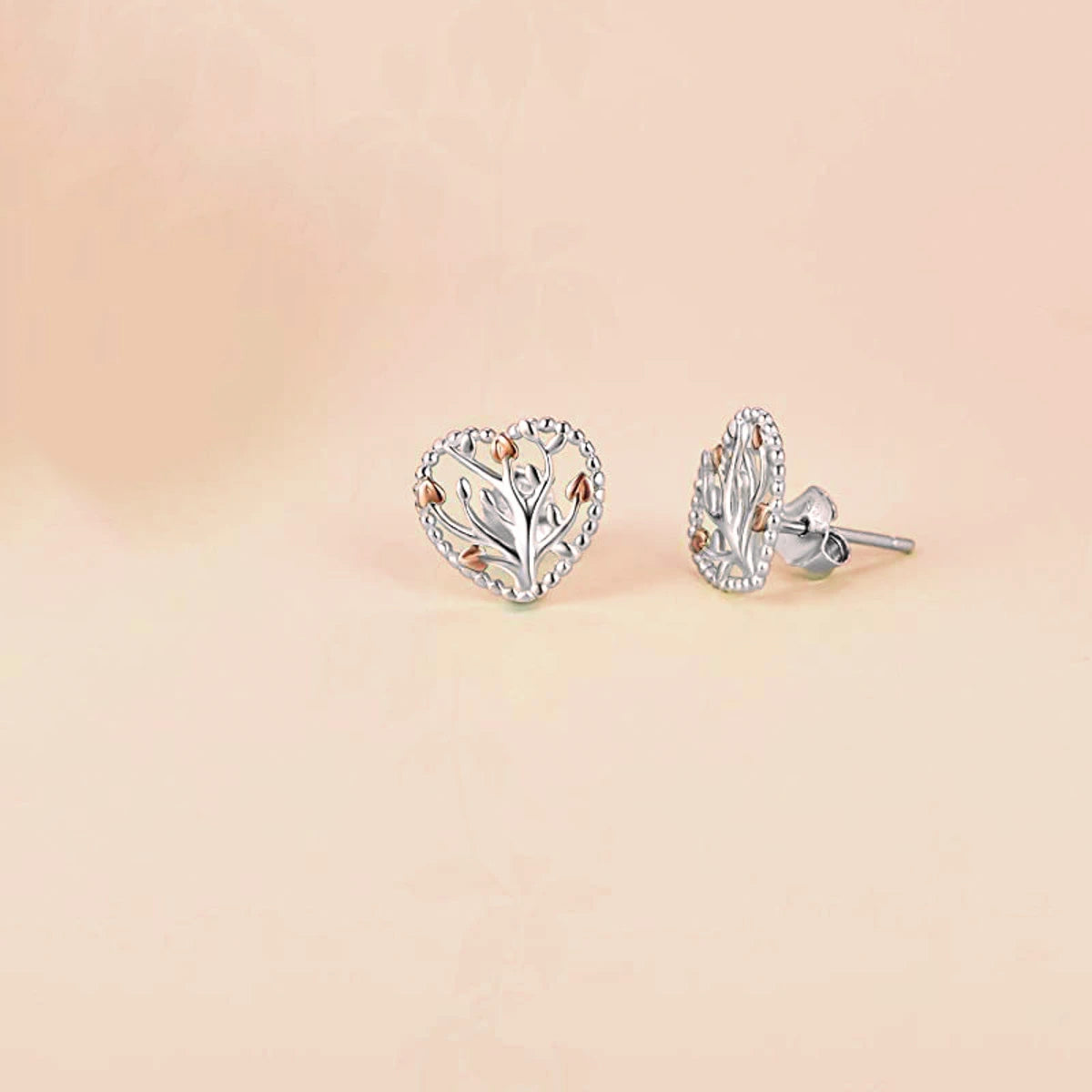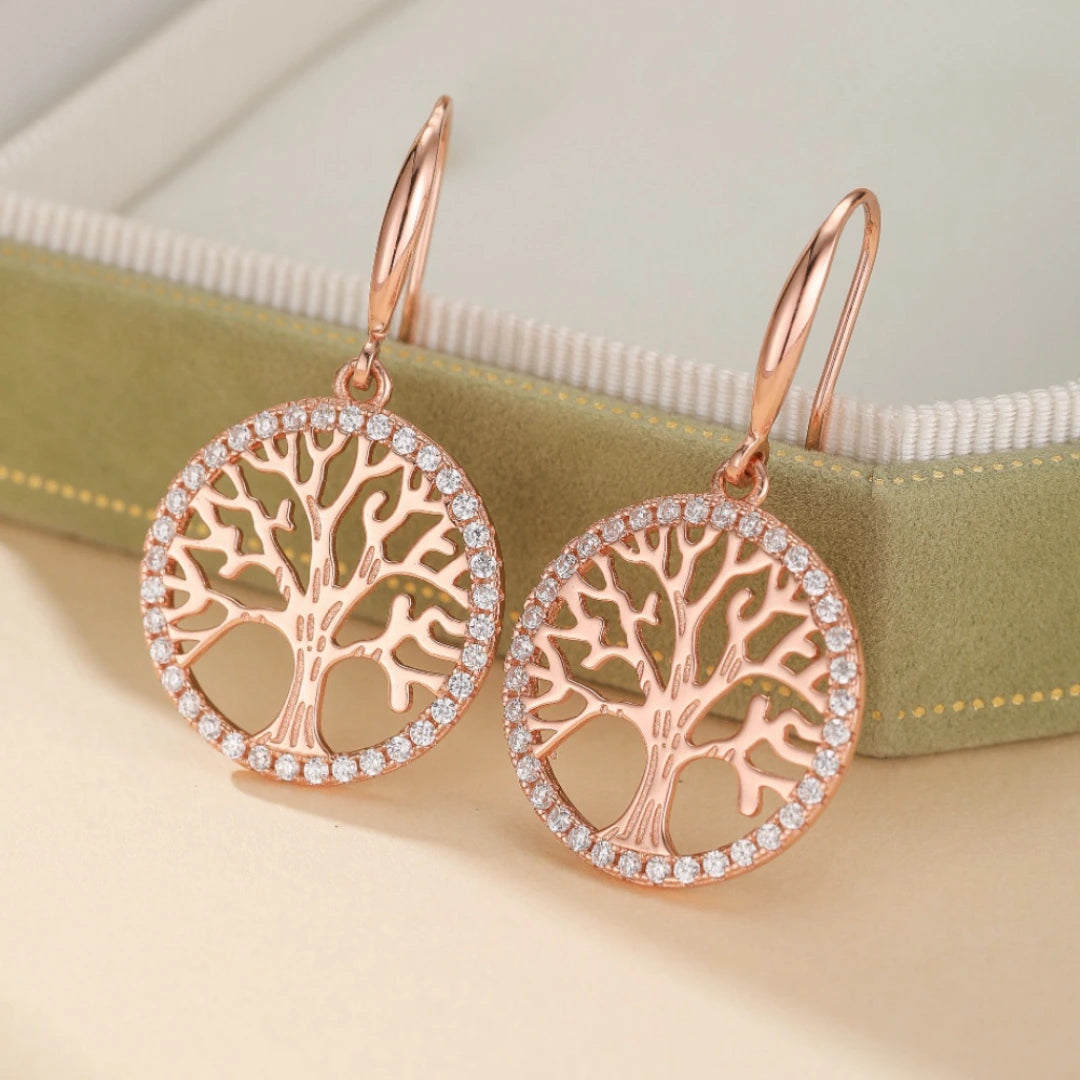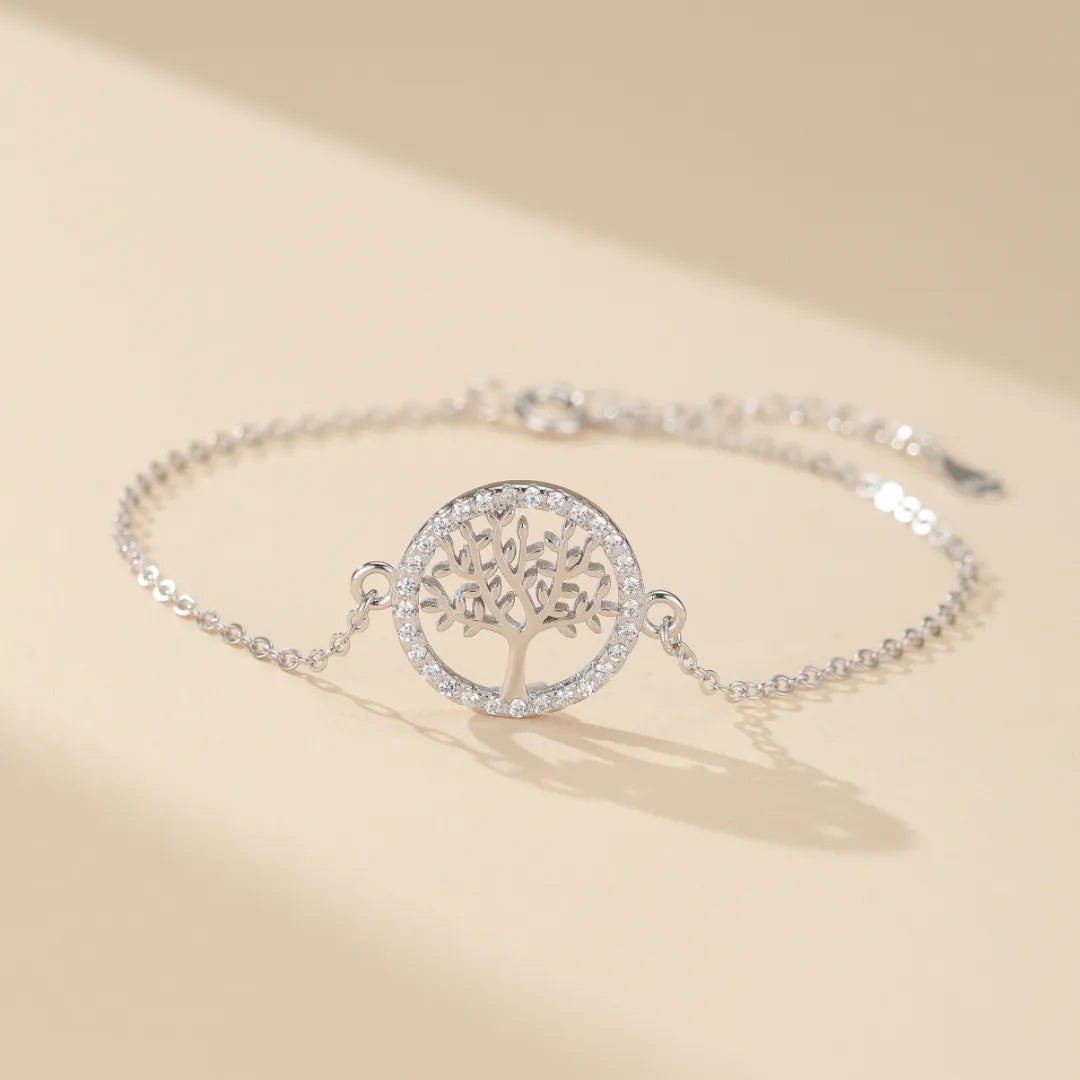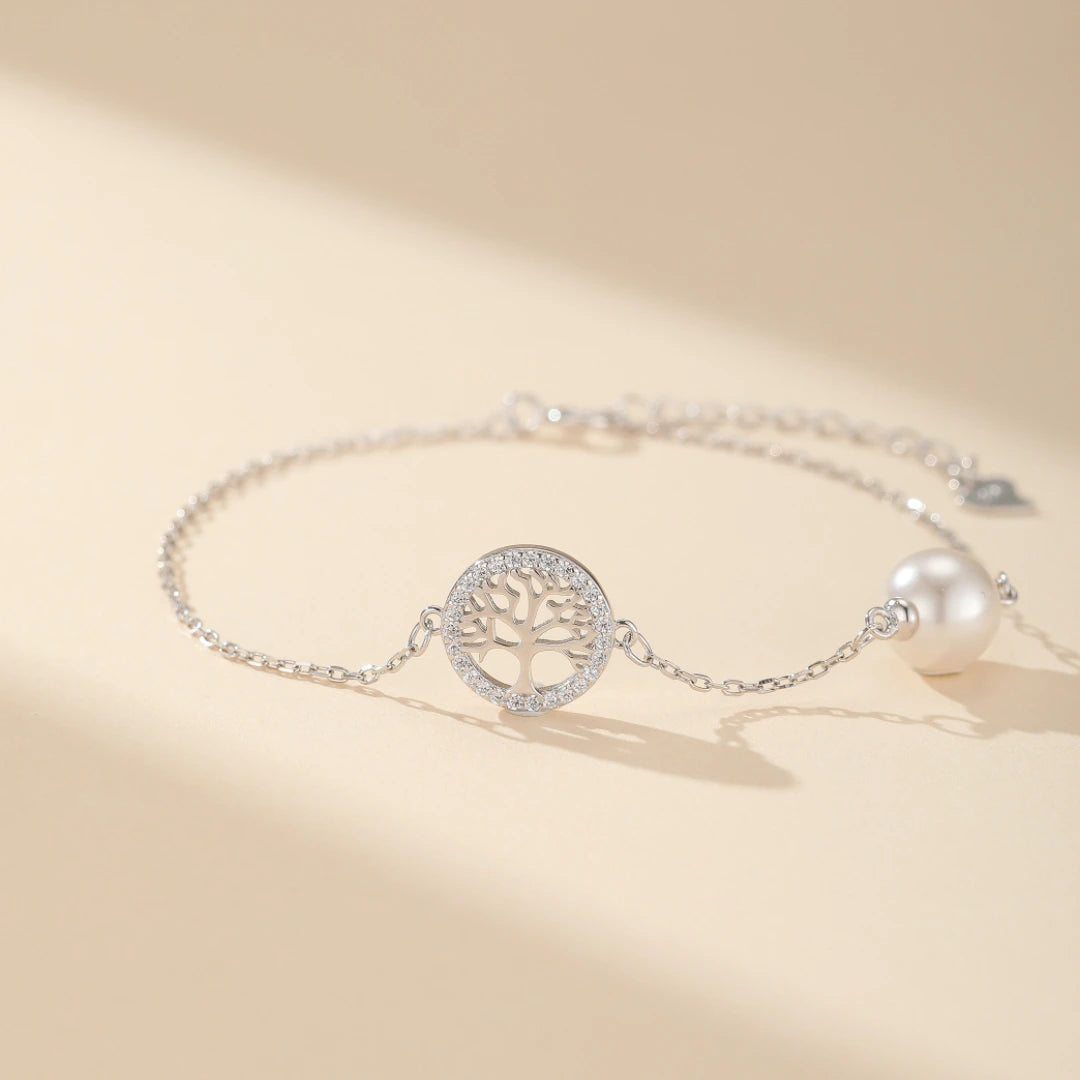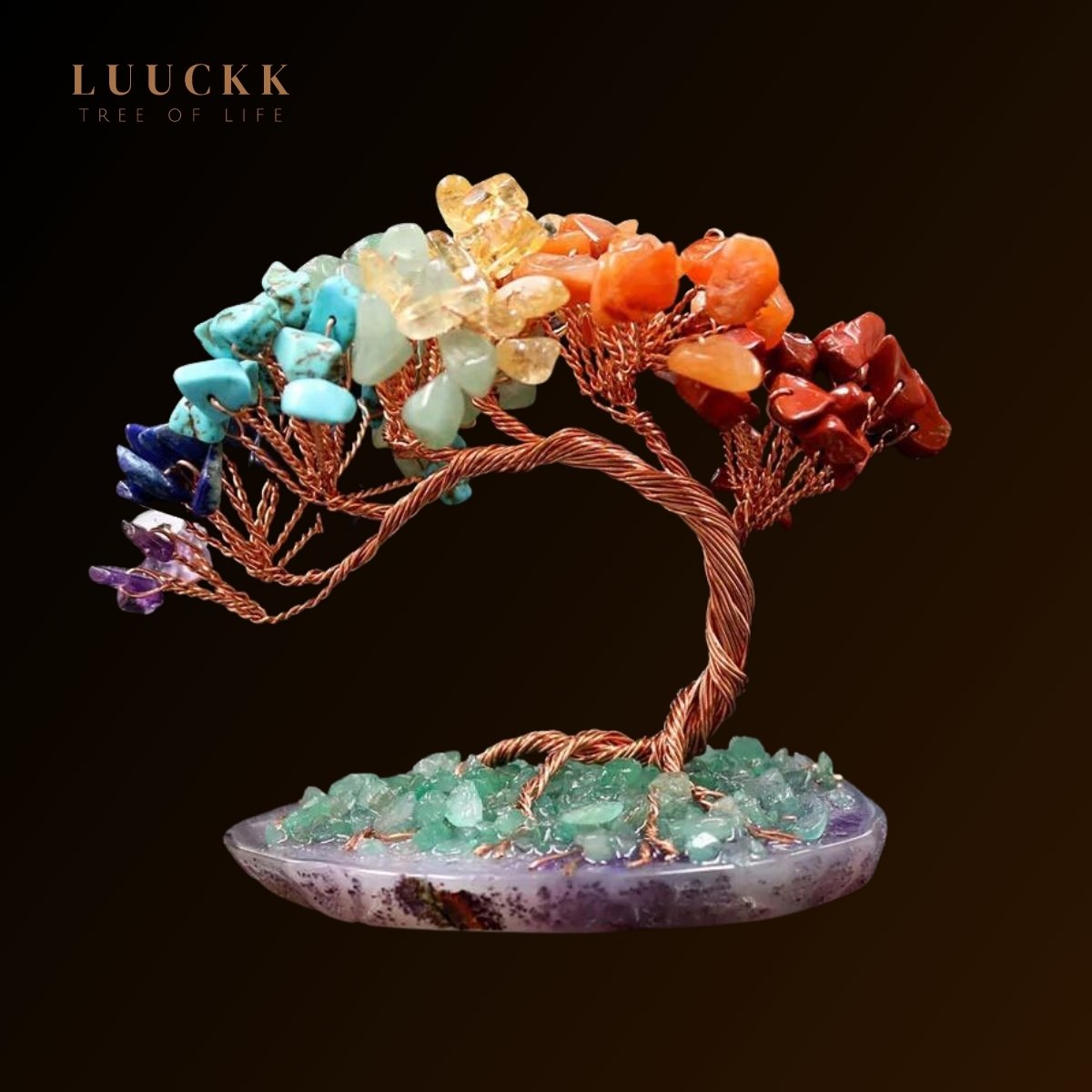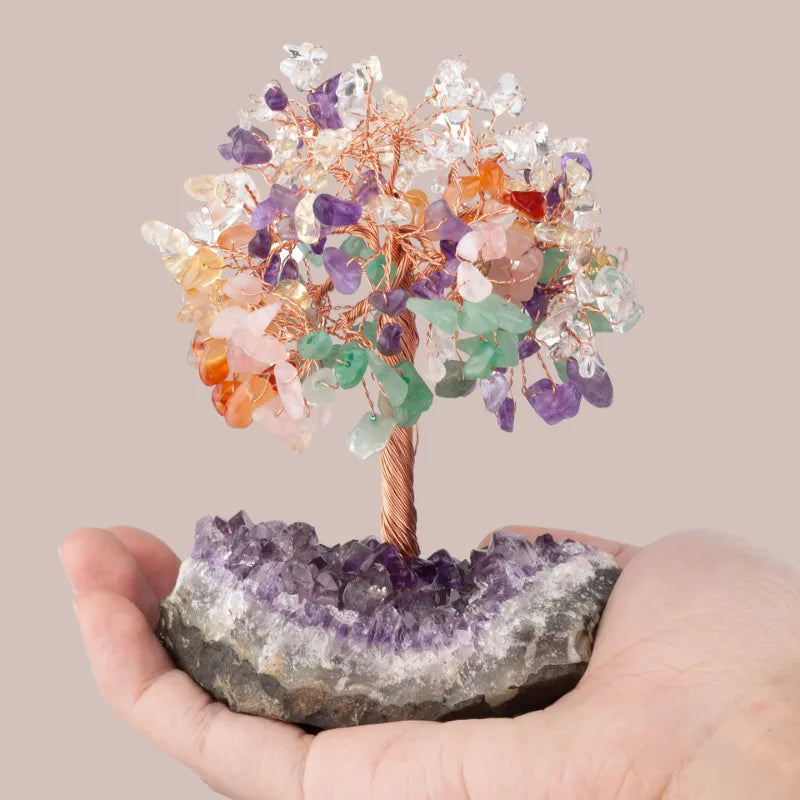
The Meaning of the Tree of Life in Different Cultures
The Tree of Life is much more than an ancestral symbol: it embodies a wealth of meanings that transcend time, cultures, and borders. Representing strength, resilience, spirituality, and universal connection, it has fascinated people for millennia. It appears in Egyptian myths, Celtic traditions, Nordic beliefs, and even Buddhist and Hindu philosophies. In every culture, the Tree of Life carries a unique symbolism that adds new layers of depth to this sacred symbol.
But why is this symbol universal? And what meanings does it truly hide? This article delves into the origins and interpretations of the Tree of Life across different cultures, exploring why it remains, even today, an essential emblem of spirituality and personal development.
Definition and Origins of the Tree of Life
The Meaning of the Tree of Life: A Universal Representation
The Tree of Life is often depicted with deep roots, a robust trunk, and branches that stretch toward the sky. Each of these elements carries powerful significance:
- Roots: They symbolize our past, our ancestors, and the connection to Mother Earth. They draw vitality and strength from the earth, reminding us of the importance of staying grounded while honoring our origins.
- The trunk: It represents inner strength and stability. It is the path of life, the column that links past and future generations. It invites us to stay centered, no matter the storms around us.
- The branches: These branches reach for the sky, embodying our aspirations, dreams, and spiritual quest. They remind us that each individual can expand and open up to opportunities while seeking light, wisdom, and divine connection.
Origins and Early Representations in Ancient Mesopotamia
The earliest known representations of the Tree of Life date back to Mesopotamia, a region considered the cradle of civilization. Images of trees adorned temples and pottery, especially at the archaeological site of Domuztepe, where artifacts from the Halaf culture (circa 6100–5500 BCE) show symbolic use of the tree. This tree served as a link between earth and sky and symbolized the continuity of life.
In Mesopotamia, the Tree of Life was a symbol of fertility and vitality, used in religious rites to reinforce the interconnection between living beings, nature, and the gods. Similar representations were found among the Assyrians and Babylonians, where the Tree of Life was associated with royalty and divine power.

Symbolism and Values Associated with the Tree of Life
Across cultures, the Tree of Life embodies numerous meanings that converge around universal and positive values. Here are the main symbolisms associated with this sacred symbol:
-
Life and Fertility: In most cultures, the Tree of Life is a symbol of vitality. It represents the essence of existence and the natural cycle of life, from birth to death and regeneration. It evokes the power of nature to adapt and renew.
-
Knowledge and Wisdom: The longevity of certain trees has often inspired humanity, evoking wisdom accumulated over the years. Trees such as oak, olive, and cedar, which live hundreds or even thousands of years, are often seen as guardians of the Earth’s memory.
-
Spirituality and Divinity: The branches of trees reaching for the sky symbolize spiritual connection with the divine, a path to transcendence and spiritual understanding. The Tree of Life reminds us that, like it, we are invited to grow toward light and knowledge.
-
Family and Genealogy: The tree is often used as a metaphor for the family lineage, connecting past, present, and future generations. It symbolizes deep bonds among family members and the heritage of values and culture.
-
Personal Development: The Tree of Life also symbolizes personal growth. Just as a tree grows and strengthens over time, it embodies the process of self-improvement and surpassing oneself.
-
Strength and Stability: Trees are symbols of resilience. They withstand storms and remain grounded despite adverse weather. This strength inspires us to develop our own resilience in the face of life’s challenges.
-
Rebirth and Immortality: Associated with the cycle of seasons, the Tree of Life represents annual rebirth. Leaves fall in autumn, the tree appears dead in winter, but it is reborn in spring, illustrating the cycle of life and death.
-
Individuality: Each tree is unique, just as every individual develops in their own way. This symbol reminds us of the importance of cultivating our own path, with our strengths and weaknesses, experiences, and dreams.
-
Ecology and Nature: Today, the Tree of Life has also become a symbol of ecological awareness. It represents the interconnectedness of all living beings, reminding us of our duty to preserve the environment for future generations.
The Tree of Life in Major Mythologies and Religions
Ancient Egypt: The Acacia and Sycamore, Trees of Life and Resurrection
In ancient Egypt, the Egyptians revered the acacia and sycamore as Trees of Life. The acacia, with its resilient and decay-resistant wood, was perceived as a sacred tree linked to rebirth and resurrection. Egyptian beliefs associated the acacia with Osiris, the god of the afterlife and protector of royalty. Symbolically, the tree offered eternal life in the underworld.
The sycamore, on the other hand, is associated with the goddess Nut, the protector of the sky. Depictions show this goddess emerging from the branches of this sacred tree to offer food and comfort to the deceased in the afterlife. The sycamore is thus perceived as a nurturing tree, a passage between the world of the living and the dead, offering protection and blessings.
Celtic Mythology: The Crann Bethadh, Tree of Life of the Celts
Among the Celts, the Tree of Life, or "Crann Bethadh," played a central role in their culture and rituals. The Crann Bethadh represented a connection with nature and the spirit world. For the Celts, trees embodied the balance of natural forces and were regarded as ancestors and keepers of wisdom.
Each village maintained a large tree at its center, often an oak or birch, symbolizing strength and longevity. Celtic spiritual leaders, known as druids, considered this tree a gateway between the human and spiritual realms, a gathering place for ceremonies and decision-making. They also believed that cutting down a sacred tree of an enemy village weakened the latter's spiritual bond.
The Crann Bethadh also symbolizes the infinite cycle of life, with its roots and branches forming a circle, illustrating nature's harmony and the cycle of birth, death, and rebirth.
Norse Mythology: Yggdrasil, the World Tree of the Vikings
In Norse mythology, Yggdrasil is a giant and sacred ash tree located at the center of the universe, serving as a connection between the nine worlds of gods, humans, and mythical creatures. Yggdrasil symbolizes cosmic connection and the balance of forces.
According to legends, three roots of Yggdrasil extend into the three fundamental realms: Asgard, the world of gods; Midgard, the world of humans; and Hel, the world of the dead. These roots are constantly watered by the Norns, the goddesses of fate, to maintain the tree's vitality. Odin, the supreme god, is said to have sacrificed himself by hanging on Yggdrasil to gain knowledge of the runes and uncover the secrets of wisdom. This tree is thus a powerful symbol of sacrifice, the pursuit of knowledge, and resilience.
Chinese Tradition: The Jian-Mu, Symbol of Balance and Wisdom
In Chinese tradition, the Tree of Life is represented by the Jian-Mu, a mystical tree serving as a bridge between heaven and earth. Its branches extend toward the "nine heavens," while its roots plunge into the "nine springs" or underground realms. The Jian-Mu is thus perceived as a mediator, uniting yin and yang, the opposing yet complementary energies governing the universe.
This tree symbolizes "qi," or vital energy, essential for maintaining harmony between the body, mind, and universe. In this sense, the Jian-Mu embodies wisdom and balance, reminding us of the importance of mediation and moderation.
Christianity: The Tree of Life and the Tree of Knowledge in the Garden of Eden
In Christianity, the Tree of Life holds an important place in the story of Creation. Situated in the Garden of Eden alongside the Tree of Knowledge of Good and Evil, it is a source of immortality. According to the biblical narrative, Adam and Eve are banished from the garden for eating the forbidden fruit from the Tree of Knowledge but are prevented from accessing the Tree of Life, a symbol of eternity and divine wisdom.
The Tree of Life in Christianity thus embodies the divine gift of life and knowledge, but also the responsibility that comes with it. In this context, the Tree of Life represents a spiritual quest to draw closer to divine wisdom and transcend human limitations.
Islam: The Trees of Paradise and Hell, Tuba and Zaqqum
In Islamic culture, the Quran mentions celestial trees such as the Tuba, a majestic tree growing in Paradise, and the Zaqqum, a tree of Hell. The Tuba embodies abundance and peace, while the Zaqqum represents the punishments inflicted on the damned.
The Tuba, with its shady branches and nourishing fruits, is a vision of reward and divine mercy. It offers protection and comfort to the souls of the believers. Conversely, the Zaqqum, which produces bitter and thorny fruits, symbolizes the suffering and despair reserved for the unjust. These two trees serve as powerful reminders of divine justice and the duality between good and evil.

The Tree of Life in Interior Decoration: Symbolism and Benefits for Home Ambiance
The Tree of Life has become a popular decoration choice for creating soothing and harmonious spaces. Beyond its unique aesthetic, it brings powerful symbolism and energetic benefits that enhance well-being in a home. Whether in the form of paintings, wall sculptures, cushions, or tapestries, the Tree of Life transforms the atmosphere of a room into a serene and inspiring space.
Benefits and Symbolism in Decoration
-
Harmony and Positive Energy: In Feng Shui, the Tree of Life is known to attract positive energy. Placed in a living room, bedroom, or meditation space, it promotes relaxation and balance.
-
Connection with Nature: Incorporating the Tree of Life in interior decoration reminds us of our deep connection to nature. It’s a way to bring some of that invigorating energy indoors, even in urban settings.
-
Personal Growth and Development: With its deep roots and branches reaching for the sky, the Tree of Life symbolizes personal growth. It can become a source of motivation for those seeking to grow, renew themselves, and strengthen their resilience.
-
A Calming Element for Relaxation Spaces: The Tree of Life is ideal for rooms dedicated to relaxation, such as reading nooks, yoga rooms, or meditation spaces. It evokes stability and tranquility, creating an environment conducive to inner peace.
How to Integrate the Tree of Life into Decoration
-
Paintings and Canvases: Artworks featuring the Tree of Life add an artistic and elegant touch. Vibrant versions can energize a room, while more neutral tones bring calm and sobriety.
-
Sculptures and Wall Decorations: Metal or wooden Tree of Life sculptures are perfect centerpieces for a main wall. Their raised design adds a unique dimension to the decor.
-
Cushions and Tapestries: Adding cushions or tapestries with Tree of Life motifs allows you to easily incorporate this symbol into your daily life without major renovations, while benefiting from its positive energy.
Incorporating the Tree of Life into your decor invites a symbol of wisdom, resilience, and balance into your living space.
Jewelry: The Benefits of Wearing Tree of Life Jewelry
Wearing Tree of Life jewelry can carry profound meanings and provide emotional and spiritual benefits:
- Protection and Grounding: Symbolizing roots and strength, Tree of Life jewelry can act as a spiritual anchor, protecting its wearer from negative energies.
- Energy and Well-being: The Tree of Life is often paired with natural stones to promote well-being and serenity. For example, a Tree of Life necklace adorned with amethyst can help calm the mind, while one with rose quartz supports self-love.
- Connection with Nature: This jewelry reminds us of our bond with the Earth and nature, reinforcing our respect for the environment.
- Personal Affirmation: Symbolizing personal growth and inner values, the Tree of Life encourages resilience and the cultivation of individuality.
Conclusion:
As a universal symbol, the Tree of Life is a source of inspiration and wisdom, combining spiritual values, resilience, and respect for nature. It embodies the interconnectedness of beings, the balance between earth and sky, and the eternal quest for knowledge. Whether as jewelry or decor, it reminds us of our potential for growth and flourishing.
Integrating the Tree of Life into your daily life is to adopt a symbol of strength, peace, and deep connection.
FAQ on the Meaning of the Tree of Life
1. What is the Tree of Life?
The Tree of Life is a universal symbol representing the connection between earth and sky, personal growth, resilience, and the cycle of life. It also symbolizes family ties and the pursuit of spiritual knowledge.
2. What is the significance of the roots, trunk, and branches in the Tree of Life?
The roots symbolize the past and origins; the trunk embodies strength and the present; the branches represent aspirations for the future, dreams, and spirituality.
3. Why is the Tree of Life so present in different cultures?
The Tree of Life resonates with fundamental values such as life, growth, protection, and spiritual connection, explaining its presence in many cultures.
4. What is the difference between the Tree of Life in Christianity and Judaism?
In Christianity, the Tree of Life appears in the Garden of Eden as a symbol of immortality and divine connection. In Judaism, it is represented by the Kabbalistic Tree of Life, symbolizing the ten divine emanations and the spiritual journey of man toward God.
5. What benefits does wearing Tree of Life jewelry provide?
Wearing Tree of Life jewelry promotes spiritual balance, serenity, and protection. It can also symbolize personal strength and connection to nature.
6. Why is the Tree of Life a family symbol?
The Tree of Life is often associated with genealogy, with each branch representing a family member and reinforcing the connections that unite past, present, and future generations.
7. What does the Tree of Life symbolize in Buddhism?
In Buddhism, the Tree of Life is represented by the Bodhi tree, under which Buddha attained enlightenment. It symbolizes the spiritual quest and elevation of the mind.
8. Which tree is often associated with the Tree of Life in Norse mythology?
In Norse mythology, the Tree of Life is symbolized by Yggdrasil, a giant ash tree that connects the nine realms and represents cosmic balance and wisdom.
9. How can the Tree of Life be integrated into interior decoration?
A painting or sculpture of the Tree of Life can bring a calming and harmonious touch to your home, balancing energies and creating a relaxing atmosphere.
10. Where can you find Tree of Life jewelry and decorations?
Many online stores offer Tree of Life jewelry and decorations in silver, gold, or adorned with natural stones. These items combine symbolism and aesthetics to enrich your daily life.
Suggested Products
Best products
